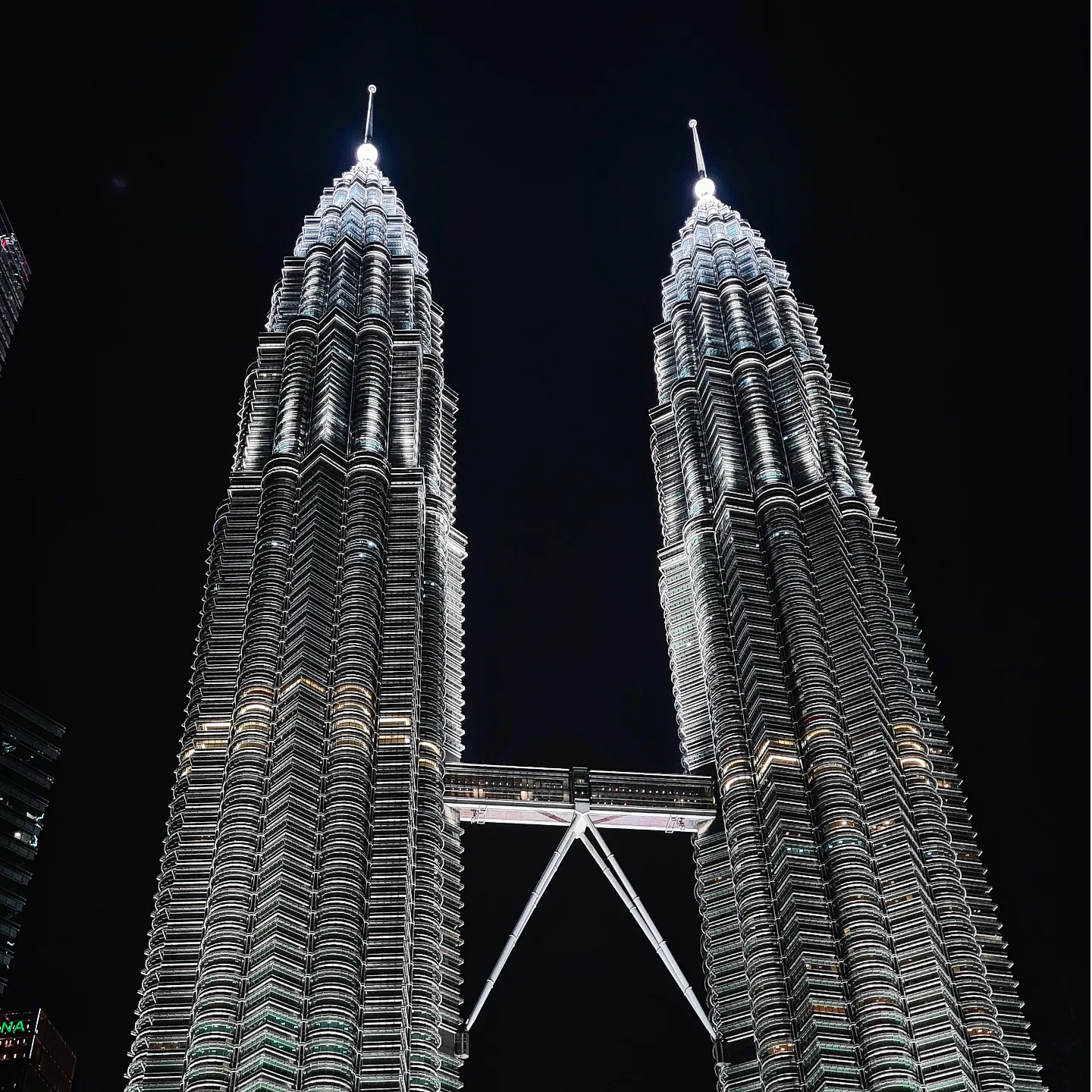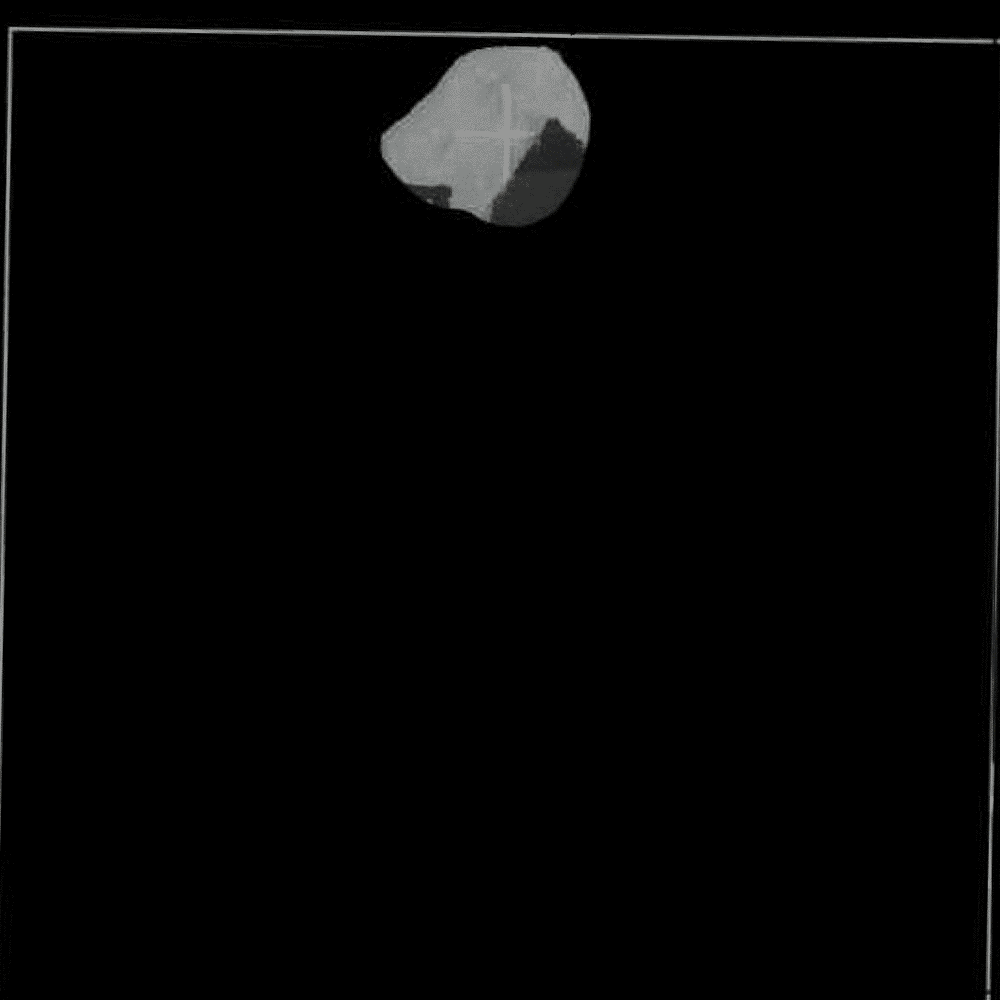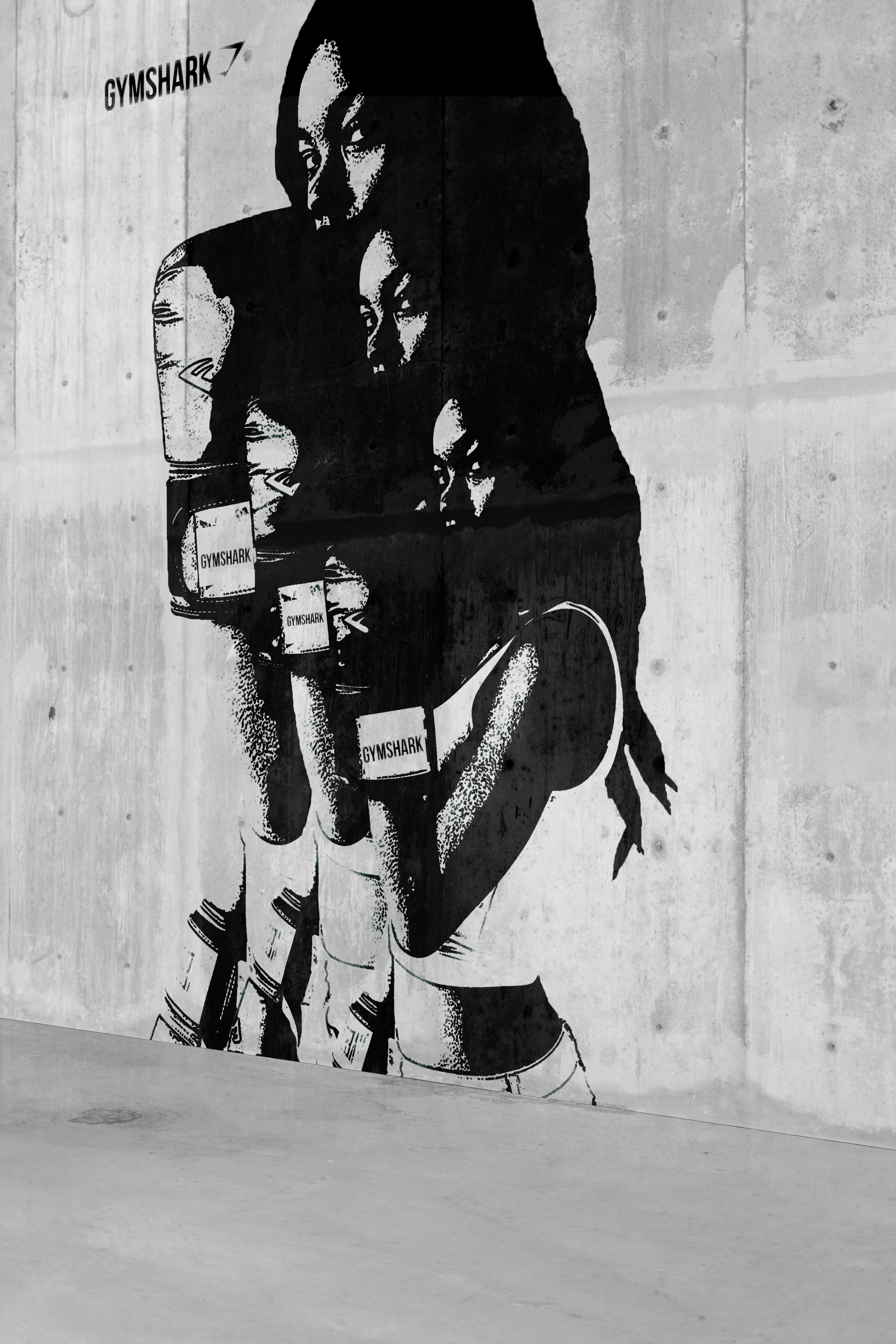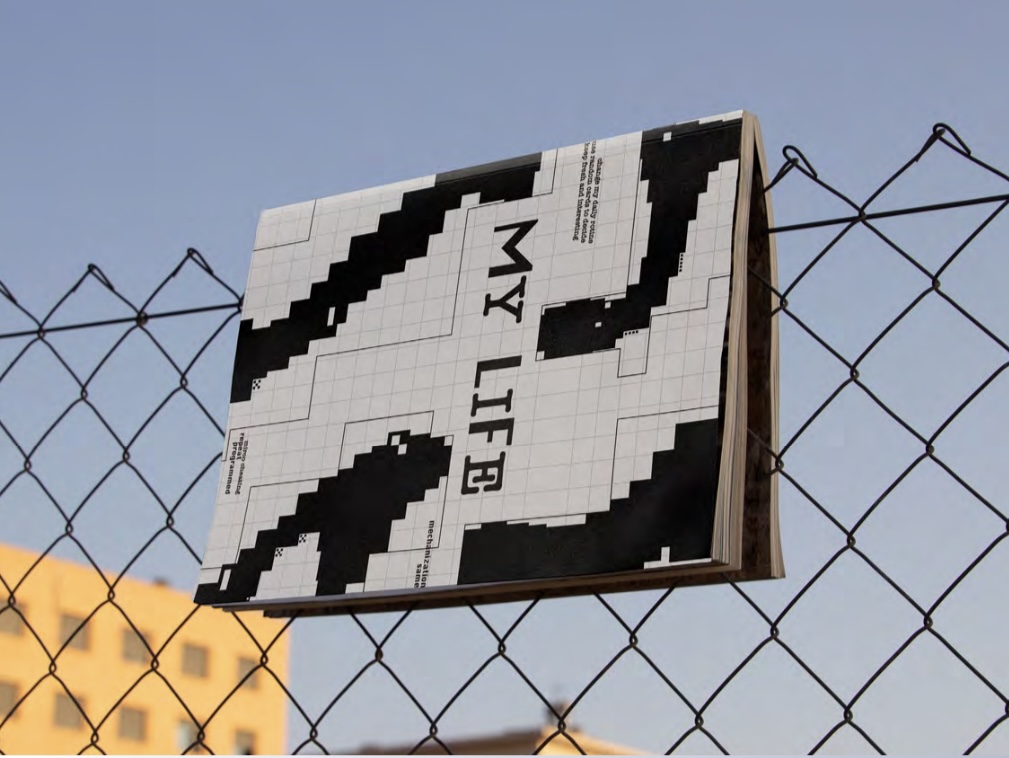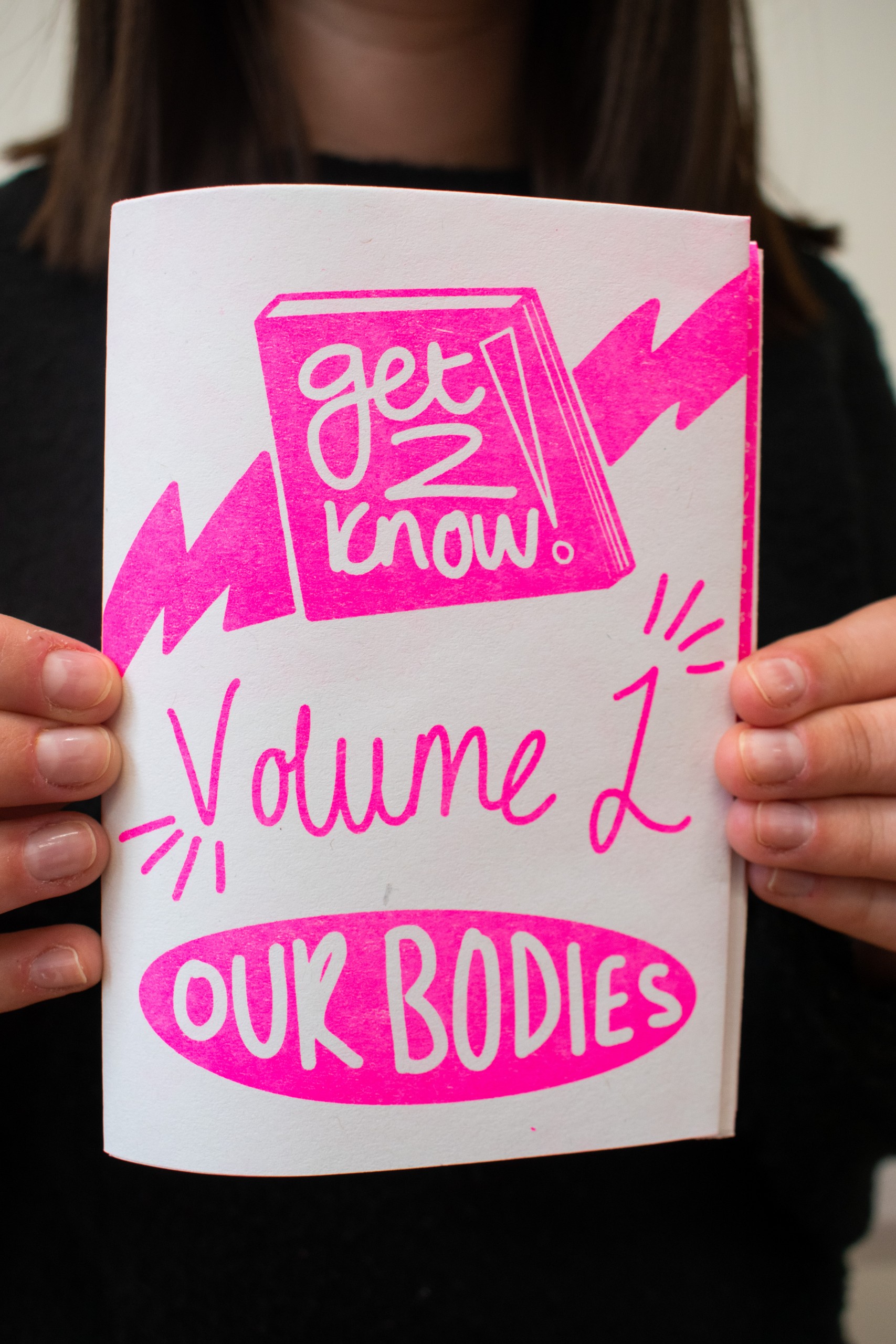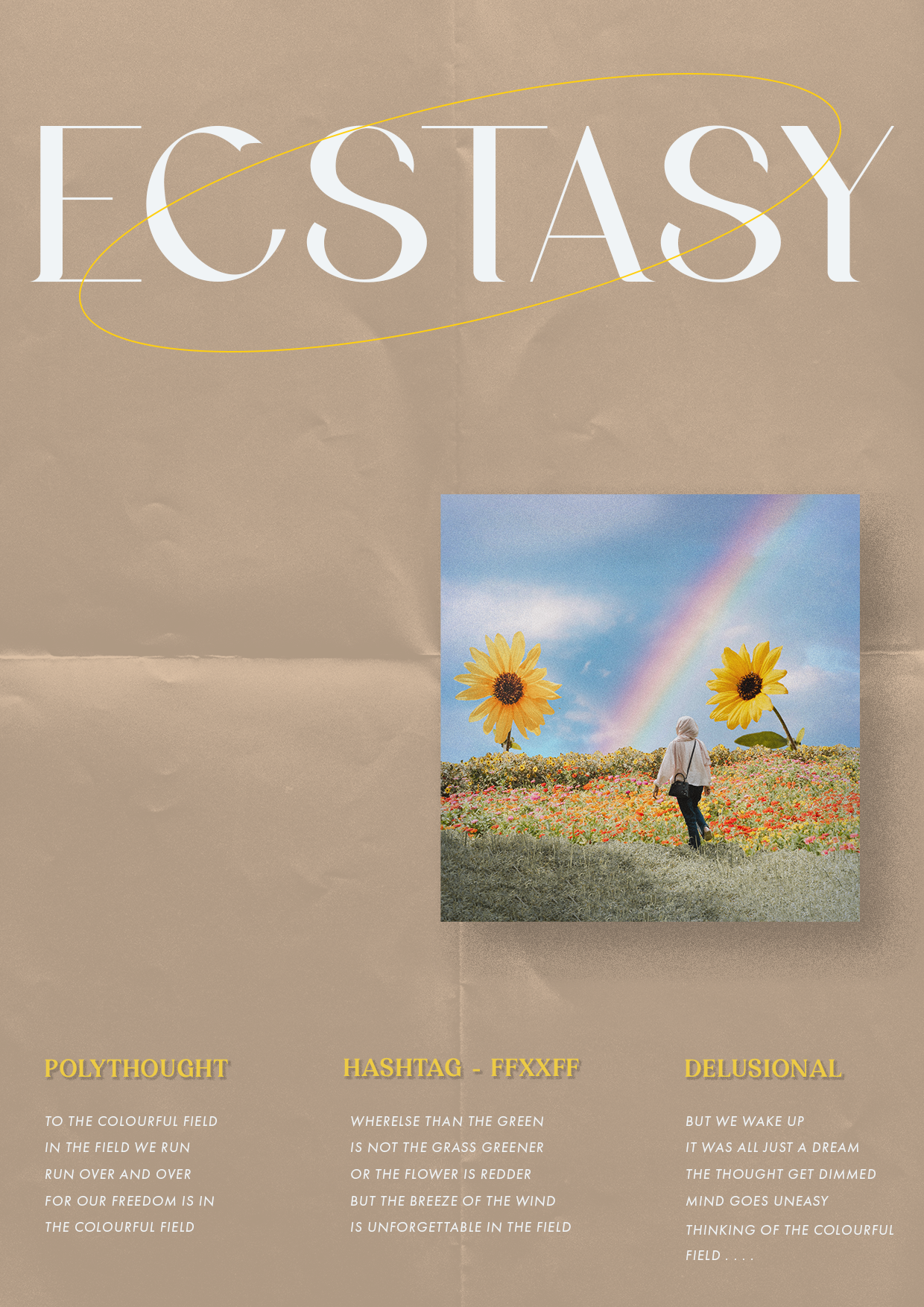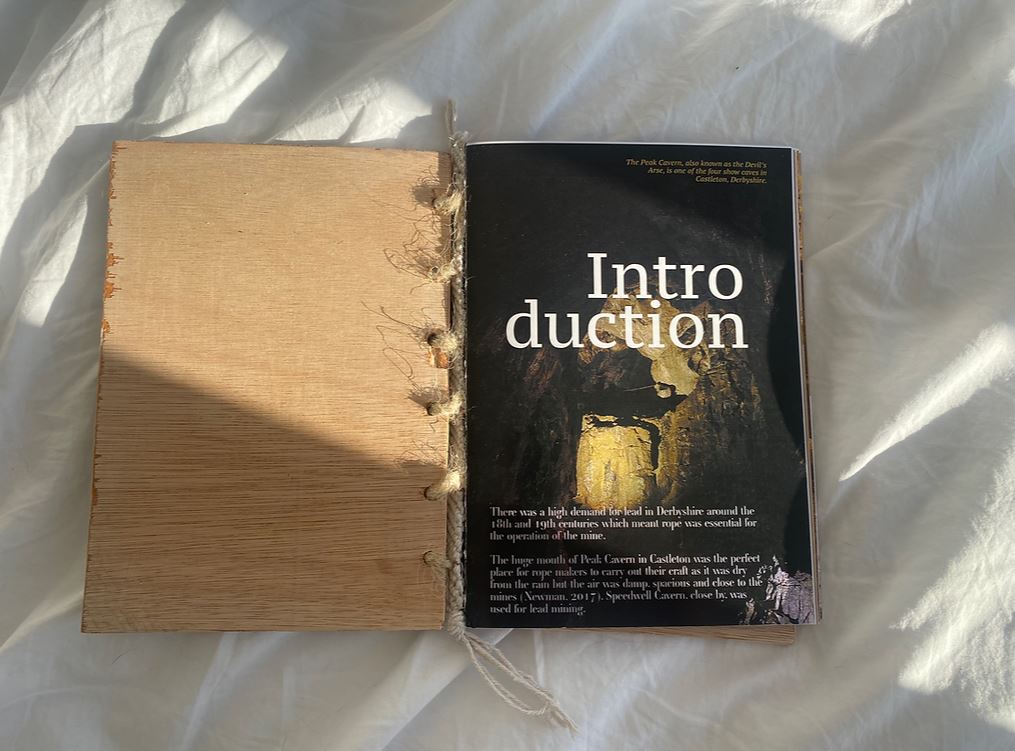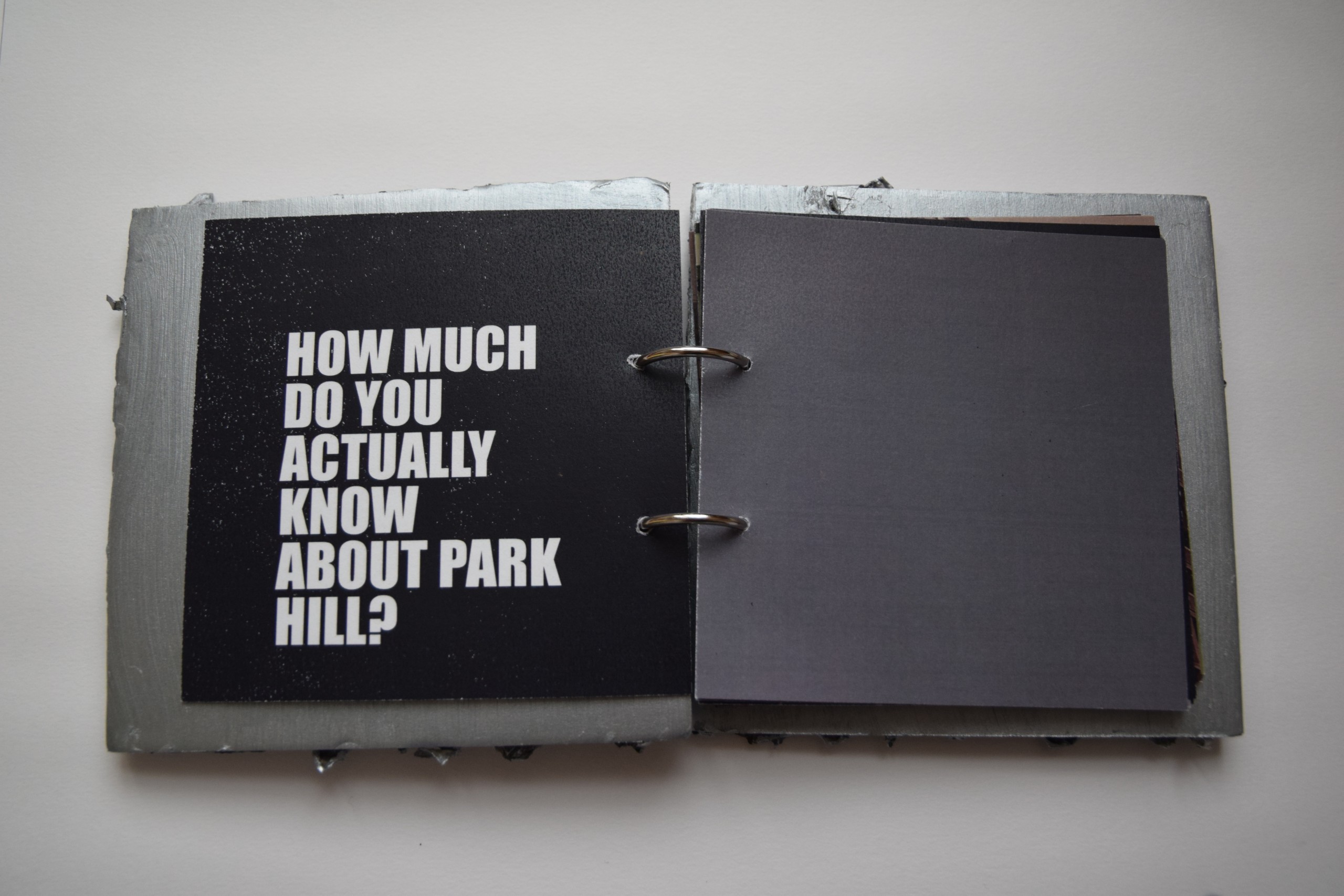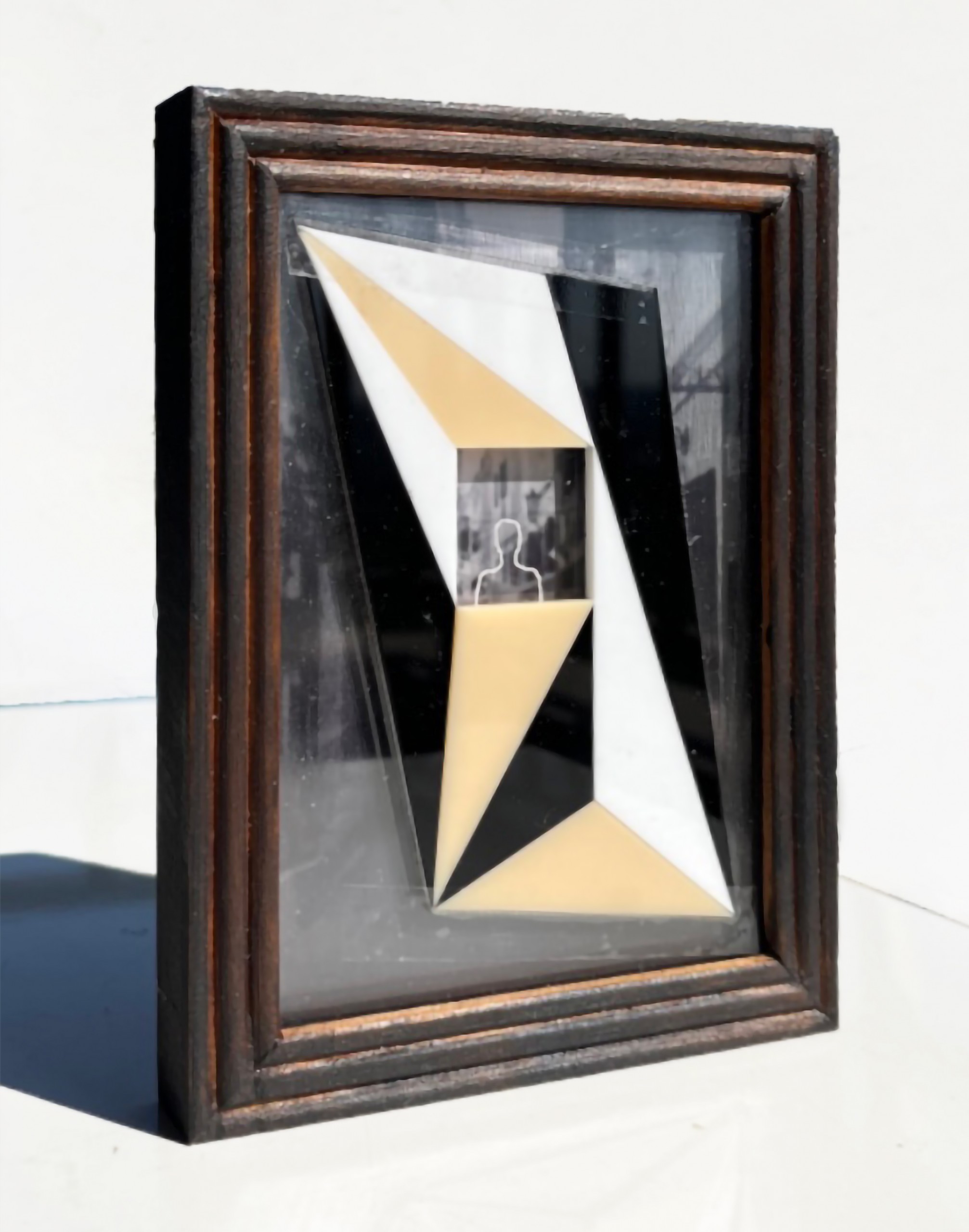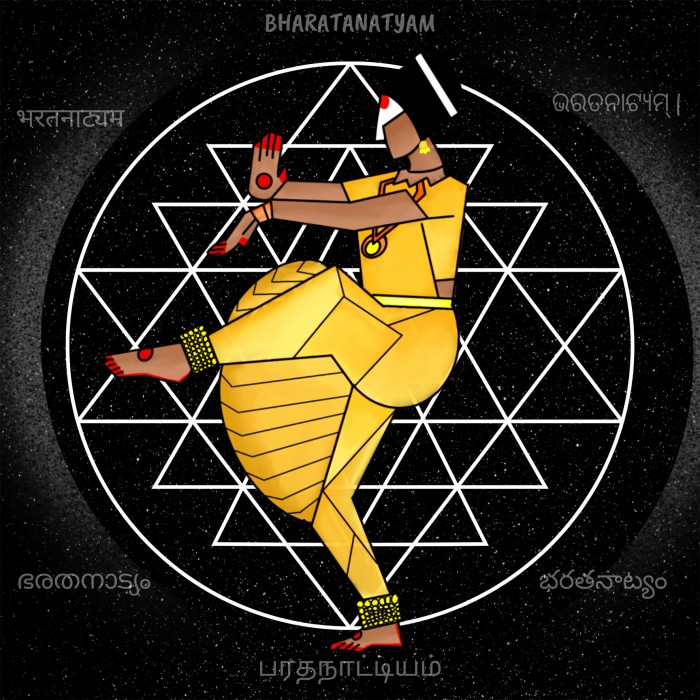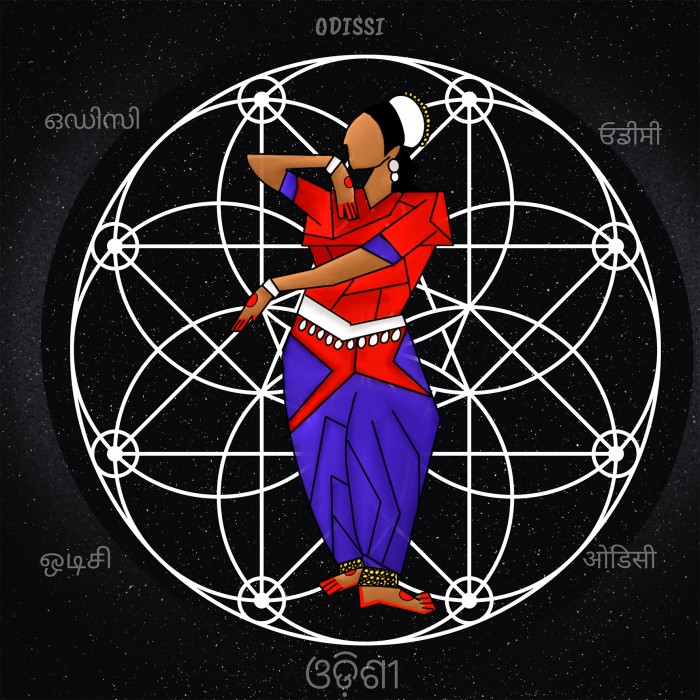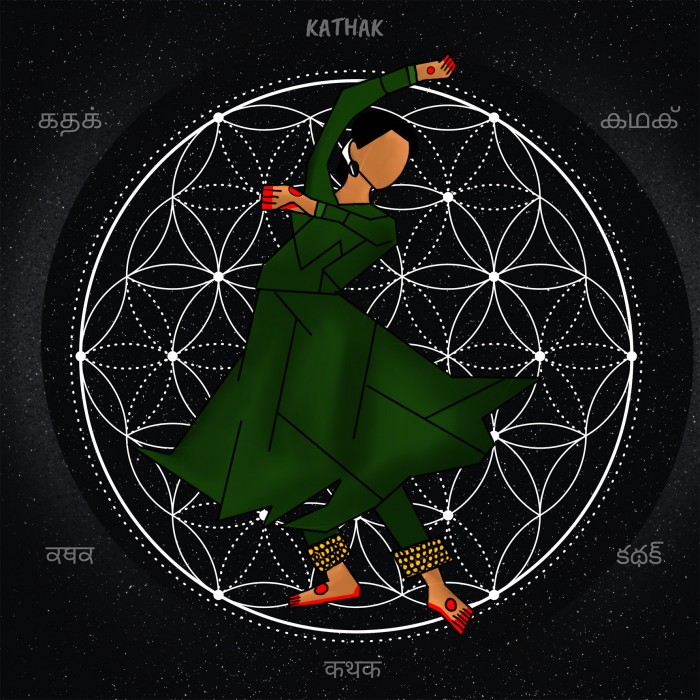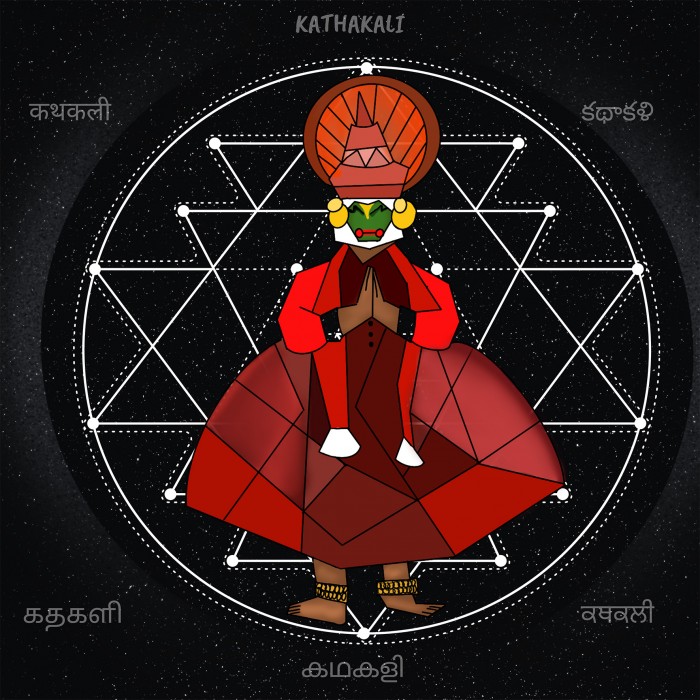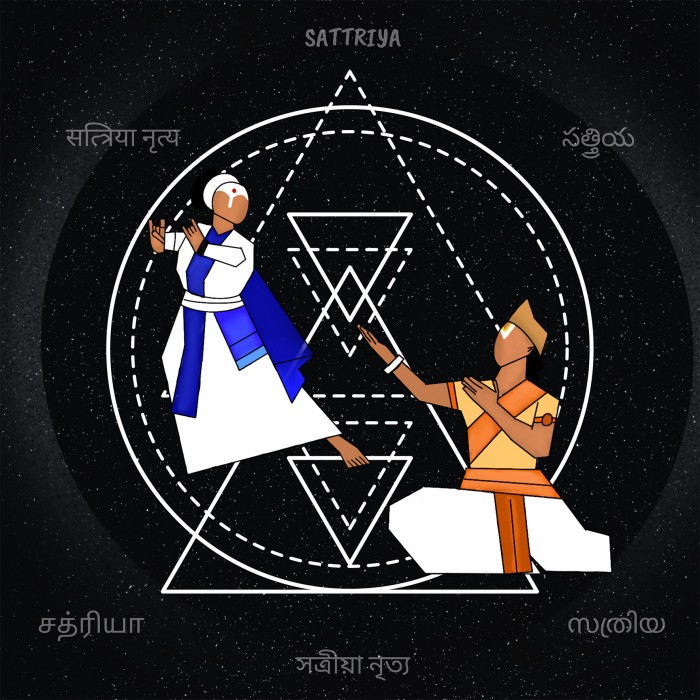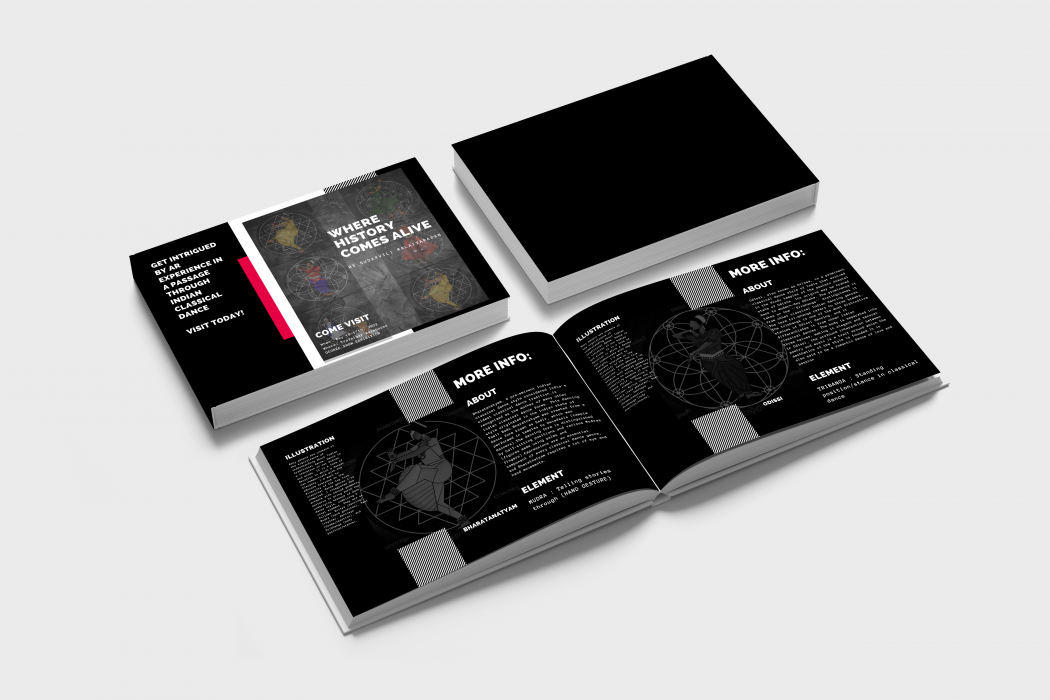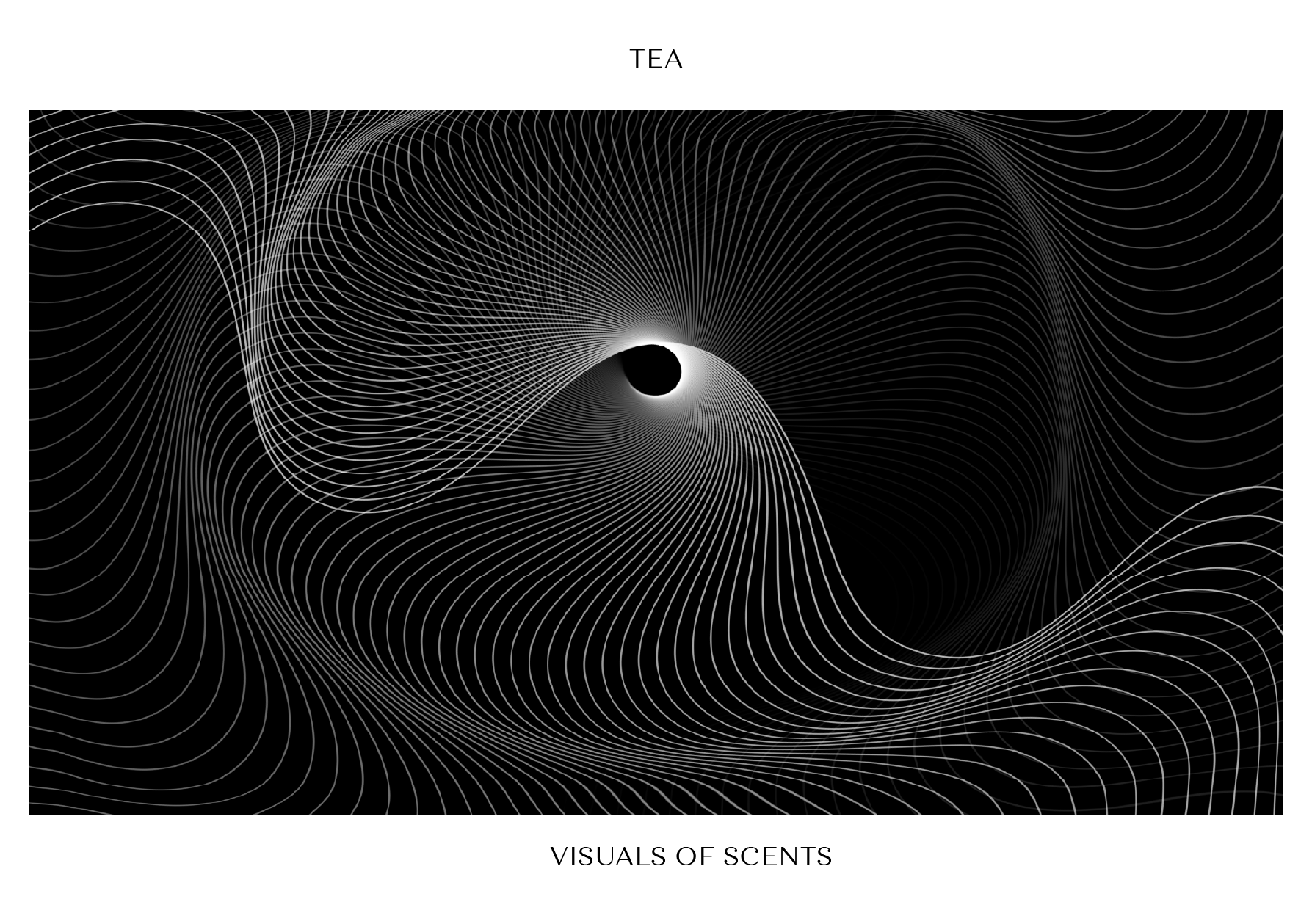
The phrase “Indian classical dance” refers to a variety of performance arts founded in sacred Hindu musical theatre genres, the theory and practice of which may be traced back to the Sanskrit scripture ‘Natya Shastra’. Fine arts, classical and folk music, and dances have been practised in India for thousands of years. Bharatnatyam, Kathak, Kathakali, Kuchipudi, Manipuri, Sattriya, Mohiniyattam, and Odissi are some of the world-famous dance genres that originated and evolved in India.
Sudarvili Malaiyarasan demonstrates five of the most important classical dance forms of India. This art form is not only the epitome of the culture’s sweetness, beauty, and power; it is also a prayer and meditation, drawing heavenly favours, happiness, and peace of mind. A peaceful journey through 5 Indian classical dance forms with AR experience. Malaiyarasan wants to educate everyone on the diversity of the top five classical dance genres, integrating the artwork with sacred geometry patterns to bring forth the underlying essence of each dance style, combining 5 vital symbols. They are as follows: Nritya (dancing), Mudra (hand gestures), Taal (rhythm), Abhinaya (drama/reaction), and Tribhanga (body position/stance).
This dancing form was thought to be sacred. Because the colonial rulers did not consider such dance traditions as a kind of instruction or moral tradition, they outlawed them. The temple dancing form began to die slowly. By the twentieth century, it appears that we were left with merely a semblance of what had previously been a dynamic shape.

